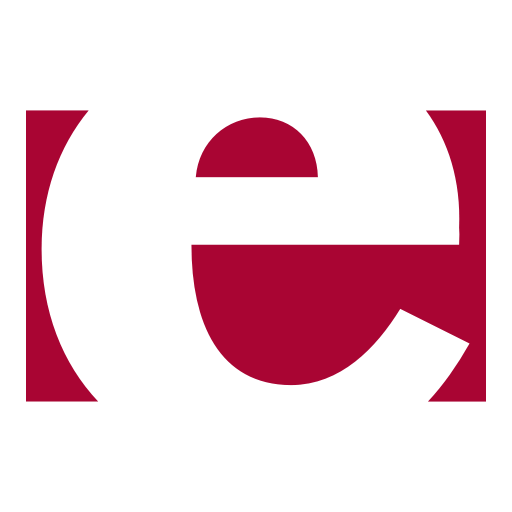 Nim
vs
Nim
vs
 Erlang
Erlang
 Nim
Nim
 Erlang
Erlang
What is Nim?
A statically typed compiled systems programming language. Nim combines successful concepts from mature languages like Python, Ada and Modula. Nim generates native dependency-free executables, not dependent on a virtual machine, which are small and allow easy redistribution. The Nim compiler generates executables support all major platforms like Windows, Linux, BSD and macOS
How much does Nim cost?
No pricing information available..
What platforms does Nim support?
Top Nim Alternatives
Crystal
A free and open general-purpose, object-oriented programming language developed by Ary Borenszweig, Juan Wajnerman, Brian Cardiff and a community with over 300 contributors. Crystal is statically type checked, which means that all code errors will be caught at compile time, rather than fail on runtime. Crystal provides an easy-to-learn syntax similar to Ruby, while at the same time producing performance similar to that of the programming language C.
Python
An object-oriented, high-level, general-purpose programming language with an easy-to-learn syntax. Python was first released in 1991 by Guido van Rossum with a design philosophy that emphasises code readability. Today Python is one of the most widely used programming languages where it is used in everything from data science, machine learning and AI to modern web, mobile and desktop applications.
The software
 Erlang
is removed from the Top Nim Alternatives since you are comparing against it.
If you are looking for more software, applications or projects similar to
Erlang
is removed from the Top Nim Alternatives since you are comparing against it.
If you are looking for more software, applications or projects similar to
 Nim
we recommend you to check out our full list containing 42 Nim Alternatives.
Nim
we recommend you to check out our full list containing 42 Nim Alternatives.
Nim Gallery
What is Erlang?
A general-purpose, concurrent, functional programming language used to build massively scalable soft real-time systems with requirements on high availability. Erlang comes bundled with the OTP, the Open Telecom Platform which is a runtime system first developed by Ericsson to handle the Swedish telecom infrastructure in the early 80's. The term Erlang and OTP is today used interchangeably and includes the runtime, the language and ready-to-use components built specifically for the ecosystem. To this day, Erlang is used in various sectors and applications like telecoms, banking, e-commerce, computer telephony and instant messaging. As the language is suitable for critical infrastructure and applications that requires high availability and real-time features, running at scale.
How much does Erlang cost?
No pricing information available..
What platforms does Erlang support?
Top Erlang Alternatives
Elixir
A dynamic, functional programming language that tuns on top of the Erlang Virtual Machine. A VM known for running low-latency, distributed and fault-tolerant systems. Elixir provides productive tooling and an extensible design perfect for building concurrent applications for critical infrastructure
F#
A mature, open-source, cross-platform strongly typed functional-first programming language designed by Don Syme at Microsoft Research. While being a functional-first programming language F# also encompasses imperative and object-oriented programming paradigms. F# is most commonly used as a cross-platform Common Language Infrastructure language, while also having the capability to generation graphics processing unit code and compile down to JavaScript.
JavaScript
JavaScript is a scripting or programming language that conforms to the ECMAScript specification. The language is mainly used to create complex features for web pages, but is also used other software project. Javascript has curly-bracket syntax, dynamic typing, prototype-based object-orientation, and first-class functions and is mostly just-in-time compiled.
The software
 Nim
is removed from the Top Erlang Alternatives since you are comparing against it.
If you are looking for more software, applications or projects similar to
Nim
is removed from the Top Erlang Alternatives since you are comparing against it.
If you are looking for more software, applications or projects similar to
 Erlang
we recommend you to check out our full list containing 11 Erlang Alternatives.
Erlang
we recommend you to check out our full list containing 11 Erlang Alternatives.
